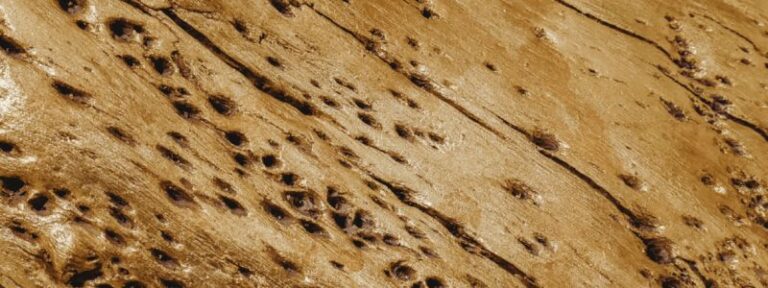In this blog on handling termites in apartments, we will look at the following:
- Signs of a termite infestation in apartments
- Who’s responsible for pest control arrangements?
- Preventing termite infestations in apartments
- Educating tenants about how they can help
Signs of a Termite Infestation in Apartments
The signs of termites you find in an apartment are relatively the same as what you find in a home. The main differences are there are so many more places for the termites to hide and for you to look, as well as various tenants whose different behaviors could impact preventative measures. Check for the following signs in your properties:
- Damaged wood
- Holes in the wall
- Termite droppings (often called frass), which are basically tiny wood pellets that can be found in piles directly underneath holes in the wood being eaten by termites
- Discarded wings
- Mud tunnels
- Sounds coming from inside the apartment walls, often only heard with a stethoscope or other device
- Termites themselves
Who’s Responsible for Pest Control Arrangements?
Assuming there is no abatement language in the lease or rental agreement, the landlord or management company for the property is responsible for making arrangements for termite control. You’ll need to hire a licensed exterminator to treat the apartment.
If there is a need for fumigation during the extermination process, the tenant will need to temporarily relocate. Typically, the management company or owner is responsible for clearing the infestation and compensating the tenant for the time they weren’t able to spend in their residence.
Preventing Termite Infestations in Apartments

An ounce of prevention is worth a ton of cure, especially when it comes to preventing a termite infestation in a multi-family dwelling. The potential damage to the property, the relocation of tenants, the expense, and the headaches can often be avoided if you take prevention seriously. The following are some of the measures you, as a manager or landlord can take:
- Responding to all maintenance requests promptly.
- Seal up any cracks that would allow pests to work their way into a building. For example, you can seal up cracks found in the foundation of your building or near windows. Look, too, for compromised areas in siding and mortar.
- Remove wet wood on the property, including old tree stumps, that would attract termites to the area.
- Limit the amount of mulch used near your buildings, especially if you have wood siding, doors, or windows.
- Since termites are attracted to moisture, keep the area nearest your buildings relatively dry. Make sure your drainage systems are working correctly, and pipes or air conditioning units aren’t leaking.
Educating Tenants About How They Can Help
You can’t control what all of your tenants do on a daily basis, but you can do your part in educating them why termites are bad for them and their neighbors, as well as how to prevent an infestation. That said, offer them the following guidance on preventative measures:
- Termites thrive in warm weather. Spring and summer are good times to be on the lookout for them.
- Look for termites in the walls, as well as in ceilings, doors, windows, and furniture.
- Report any leaks – inside or out — as soon as possible.
- Inform your tenants about the importance of air circulation to prevent moisture build-up.
- Offer help in how to identify termites. Termites look similar to ants in terms of size, but they come in several different colors. Including a photo for reference would also be a big help.
Read More: Arizona’s three most common and destructive types of termites







